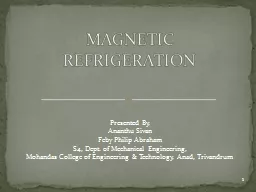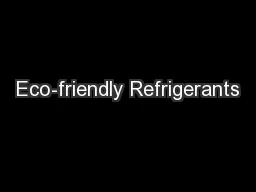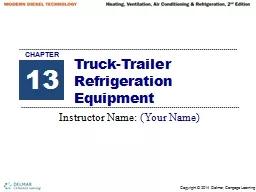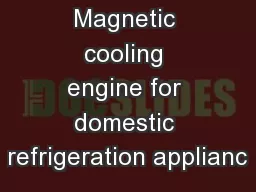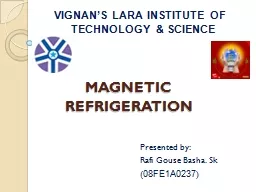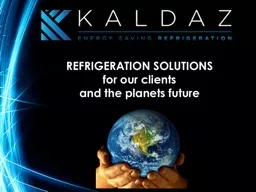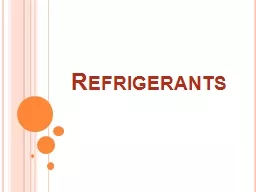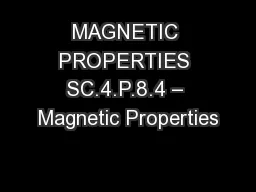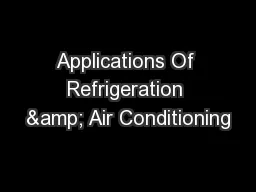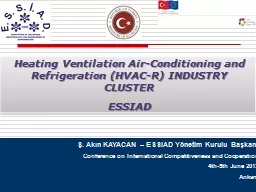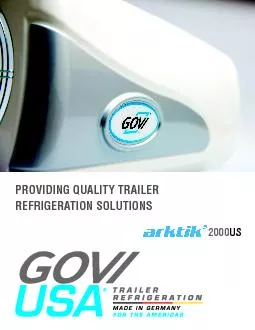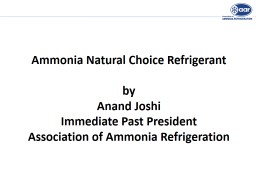PPT-MAGNETIC REFRIGERATION
Author : mitsue-stanley | Published Date : 2017-11-09
1 Presented By Ananthu Sivan Feby Philip Abraham S4 Dept of Mechanical Engineering Mohandas College of Engineering amp Technology Anad Trivandrum INTRODUCTION
Presentation Embed Code
Download Presentation
Download Presentation The PPT/PDF document "MAGNETIC REFRIGERATION" is the property of its rightful owner. Permission is granted to download and print the materials on this website for personal, non-commercial use only, and to display it on your personal computer provided you do not modify the materials and that you retain all copyright notices contained in the materials. By downloading content from our website, you accept the terms of this agreement.
MAGNETIC REFRIGERATION: Transcript
Download Rules Of Document
"MAGNETIC REFRIGERATION"The content belongs to its owner. You may download and print it for personal use, without modification, and keep all copyright notices. By downloading, you agree to these terms.
Related Documents

